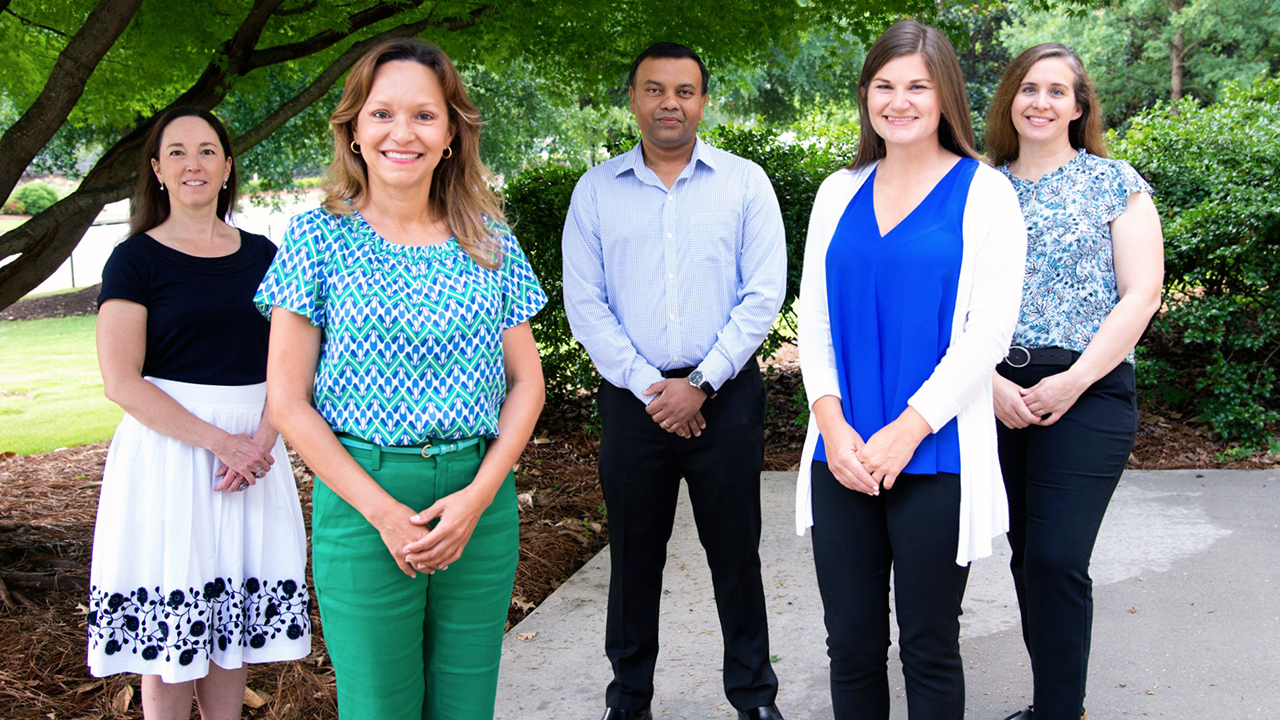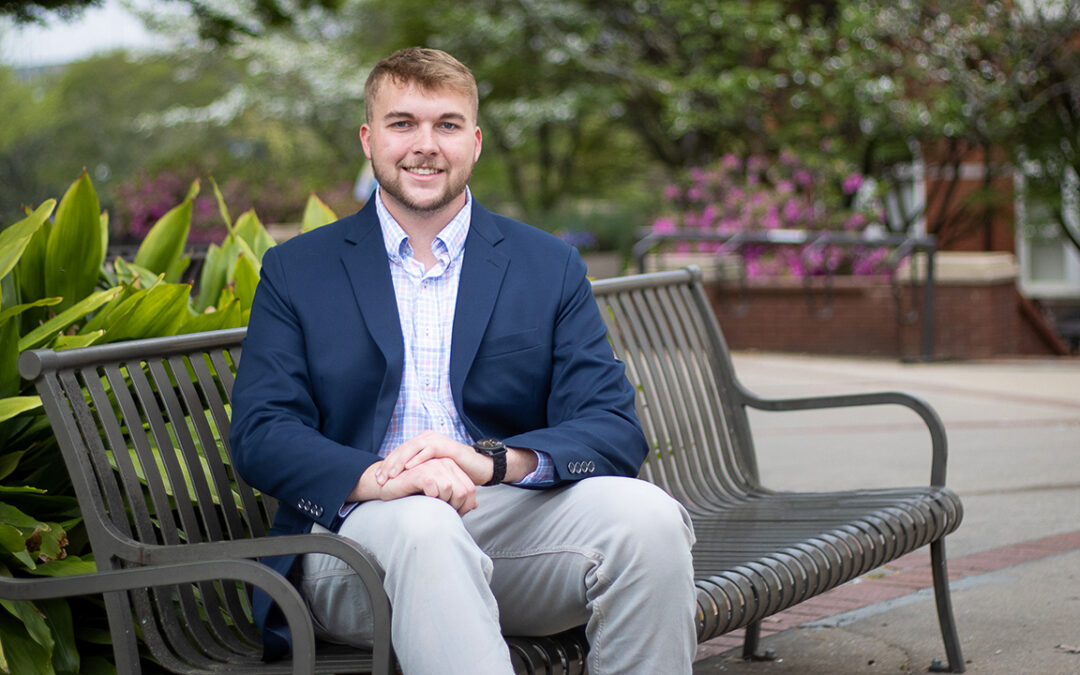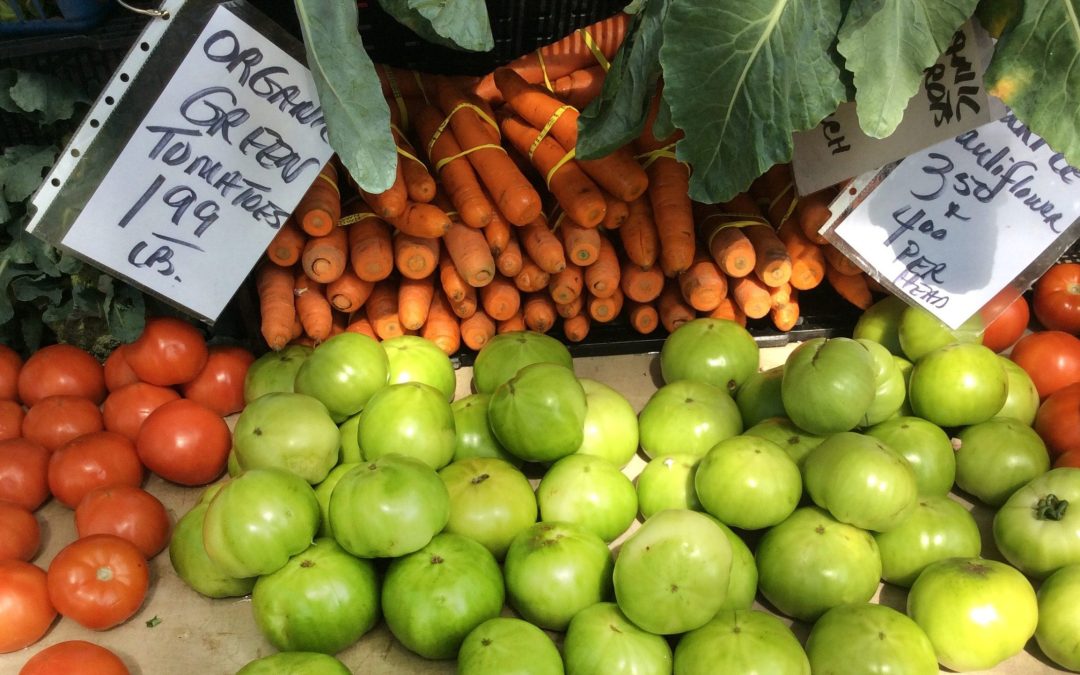By Paul Hollis / Jun 30, 2020 1:48:09 PM
Auburn University, Agriculture, News
College of Agriculture research and extension faculty will be using a $3 million grant to help forge a future for Alabama agriculture by encouraging the use of innovative conservation practices among the state’s row crop farmers.
The $3 million grant comes from the USDA Natural Resources Conservation Service (NRCS) On-Farm Conservation Innovation Trials (On-Farm Trials), a new component of the Conservation Innovation Grants first authorized in the 2018 Farm Bill.
Auburn’s $3 million grant is the largest to a single entity of the more than $24 million awarded. The grants are designed to help partners implement and evaluate innovative approaches that have demonstrated conservation benefits on farmland.
These conservation practices are sorely needed on Alabama farms for several reasons, says Rishi Prasad, assistant professor and extension specialist in the Department of Crop, Soil and Environmental Sciences and leader of the research project.
“Many soils in Alabama are severely degraded and have low organic matter content,” Prasad said. “It is important to rebuild soil health to conserve soil for use by future generations. Increased adoption of cover crops by Alabama farmers can create sustainable row-crop production systems while protecting the state’s soil and water resources.”
Another aspect of the grant will be the demonstration of water-smart irrigation practices, he said.
“Summer droughts in Alabama are very common, often causing yield losses,” Prasad said. “The adoption of water-smart irrigation in Alabama is considered one of the most important strategies for mitigating the negative impacts of drought. This project will demonstrate the use of these technologies and help increase the adoption of irrigation in Alabama.”
The project also will help farmers evaluate nutrient losses and demonstrate the agronomic, economic and environmental benefits of improved conservation practices compared to farmers’ “business-as-usual” practices, he said.
“Fertilizer is one of the major inputs used in crop production,” Prasad said. “However, more than 50 percent of the purchased fertilizers ends up getting lost in air or water. This project will help farmers evaluate those losses.”
Three Alabama farms have been selected as cooperators for this project: Posey Farms in North Alabama, Lazenby Farms in Central Alabama and L.C. Farms in South Alabama. These farms will be used to demonstrate the innovative conservation practices.
“The interesting part of this project is that any farmer who wants to adopt cover crops or smart irrigation technologies will receive incentive payments that include assistance for cover crop seed, planting and termination costs, labor charges and forgone income,” Prasad said. “Farmers also can borrow inter-seeder, roller crimper and soil moisture sensors from selected NRCS offices as a part of this project.”
A network of learning sites will be established at the extension offices located in Lawrence, Geneva and Lee counties, said Audrey Gamble, assistant professor and extension specialist in the Department of Crop, Soil and Environmental Sciences, who also is involved in the grant. Project meetings with cooperating farmers and neighboring farmers will be organized, and information on the project will be presented.
“Farmers will be called for face-to-face meetings, dinner meetings, workshops and field days where information on topics related to cover crops, water-smart irrigation strategies, nutrient budgets and nutrient-use efficiencies will be presented,” Gamble said. “As project data becomes available, information will be shared with farmers at learning sites. The project already is underway, and we will be instrumenting these demonstration farms in the fall of 2020.”
For Brenda Ortiz, professor and extension specialist in the Department of Crop, Soil and Environmental Sciences, the grant marks the continuation of on-farm irrigation projects she initiated in 2017.
“The important thing about this project is that we will look at the whole system — the impact of cover crops on soil health and soil structure that will impact soil water storage and movement which, in the end, will impact water availability for the crops and improved nutrient and water-use efficiency,” Ortiz said.
While technological changes take time, there is a greater awareness in Alabama now of what technology can do to increase irrigation efficiency, she said.
“Farmers and consultants have gained knowledge on the use of soil sensors for irrigation scheduling, and we have been able to demonstrate the impact of variable-rate irrigation at some sites,” Ortiz said. “However, more work is needed.”
Ortiz hopes the innovation grant will increase the adoption of practices such as irrigation scheduling.
“If we can accomplish this, it will be a great success story and will result in possible environmental and economic benefits,” she said. “The other piece of the puzzle is nutrient management. This project has a strong emphasis on environmental stewardship.”
Leah Duzy, agricultural economist with Compliance Services International, is working on the economic aspects of the grant. Innovation grant awardees are required to evaluate the economic and conservation outcomes from these practices and systems, giving NRCS critical information to inform conservation work in the future. That’s where Michelle Worosz, professor of rural sociology in the Department of Agricultural Economics and Rural Sociology, will play a role in implementing the grant.
“Production agriculture by its very nature is sociological — there is nothing that is not a product of human activity and/or social interaction,” Worosz said. “In the case of our grant, I will examine the conservation-based decision-making processes that take place on the three selected farms. These farms will serve as case studies of technological change, adoption and adaptation.
“I also will observe the extension team as they interact with a broader range of participants during workshops and field days. It is hoped that data from the case studies and the observations can be used by the team to improve conservation technology. In other words, this feedback loop is a means of co-developing knowledge about conservation strategies, particularly smart irrigation and cover cropping.
The grant’s implementation on “real” farms is important to its success, Worosz said.
“Understandably, producers can be quite skeptical of experimental plots on research farms,” she said. “Because research plots are often smaller, they may receive an unrealistic amount or type of care, they may not be subject to the same rules or regulations, the farm manager and researchers might have access to more or different resources such as advanced technologies, the plots are not required to produce the same yields or produce the same return on investment, and they may be located in a place that is not comparable to producers’ farms.”
It’s also important that the conservation technologies will be co-developed by faculty and extension specialists working alongside farmers, Worosz said.
“This is a way to develop a more robust set of bundled technologies — technologies that will be more user friendly and better able to meet the needs of the user while also meeting larger environmental goals,” she said. “If the user has input, it will help with a broader buy-in of these conservation technologies by other producers.”





